As a child, I had terrible asthma. I spent hours every evening breathing fumes out of a noisy machine called a “nebulizer,” and most days I required puffs from my collection of inhalers—the blue one made me shaky, but the gray one tasted gross. My mom used to mix a supplement called “Oxy-G” (supposed to improve lung function) into my ice cream, giving it a granular, herbal texture and taste. I had pneumonia five times. The medication they gave me to clear it up was a milky liquid that made me gag. I remember the involuntary contraction of muscles in my abdomen and throat as every cell in my body screamed, “THIS IS DISGUSTING!” I wasn’t allowed to play sports because my attacks could be induced by exercise, the outdoors, even stress.
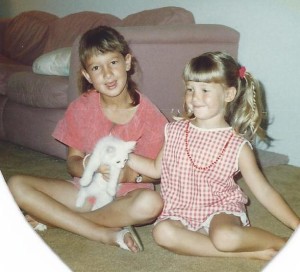 I also had allergies. Every autumn I broke out in a hot-pink rash just in time for my birthday. I had severe allergic reactions to dust, mold, cats, grass, and pollen, generally. In the picture, I’m the one holding my breath while inadvisably petting a kitten. As a toddler, I apparently used to stand with my hands pressed against the sliding door in my grandparents’ house, patting the glass and looking over at any passing adult as I begged, “Outside? Outside?” When I was a little older, I remember lying in my bed and thinking that my will was much, much stronger than my body, and as long as I willed my soul to stay put, I wouldn’t die.
I also had allergies. Every autumn I broke out in a hot-pink rash just in time for my birthday. I had severe allergic reactions to dust, mold, cats, grass, and pollen, generally. In the picture, I’m the one holding my breath while inadvisably petting a kitten. As a toddler, I apparently used to stand with my hands pressed against the sliding door in my grandparents’ house, patting the glass and looking over at any passing adult as I begged, “Outside? Outside?” When I was a little older, I remember lying in my bed and thinking that my will was much, much stronger than my body, and as long as I willed my soul to stay put, I wouldn’t die.
The irony of my physical restrictions is that maybe because of them, I’ve always loved to exercise. In junior high, I used to do my mom’s old workout videos after school—Cher’s Body Confidence and A New Attitude, Jane Fonda’s Complete Workout, something called Ab Isolator led by a pony-tailed guy named Tony (oh god, I just found the whole thing here on youtube), and so many more. My parents must have known what I was doing, but it still felt like a secret transgression—pushing my body, forcing it to get stronger and healthier.
In high school, I’d walk around the corner to the YMCA and spend whole afternoons reading my American History text book on a treadmill. I did geometry while stretching on a mat. As I gradually grew out of the asthma and allergies, I tried running. I was never very fast, and I couldn’t go very far, but that wasn’t the point. It was just such a joy to move. I wasn’t competing against anyone—not even myself.
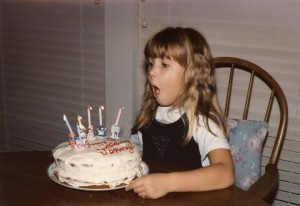 By the time I got to college, I’d largely outgrown the asthma, but I had residual lung damage from the many breathing-related catastrophes of my childhood. Any video of me failing to blow out five, six, or seven birthday candles (note the intensity of my preparatory inhalation in the picture) could have proven that I’d have continuing issues, but even I was surprised when an allergist told me I had 30% of the lung capacity of a “normal adult” my age.
By the time I got to college, I’d largely outgrown the asthma, but I had residual lung damage from the many breathing-related catastrophes of my childhood. Any video of me failing to blow out five, six, or seven birthday candles (note the intensity of my preparatory inhalation in the picture) could have proven that I’d have continuing issues, but even I was surprised when an allergist told me I had 30% of the lung capacity of a “normal adult” my age.
At that point, I decided to get serious about my lungs. I started doing yoga, not for the asanas at first, but for the pranayama, the breathing practice. This was the hardest thing I’d ever attempted. I panicked if I held my breath for even a fraction of a second. But gradually it improved. I don’t know what my lung capacity is now. Like I said, it’s never been a competition. But by the time I finished college, I had two passions: writing (no doubt a function of the many hours spent in worlds of my own creation as a snot-and-rash-inflicted, isolated child) and health. I started working at gyms by day and writing by night, and that’s when my understanding of the complexity of our connection to our bodies really began to crystallize.
As a personal trainer, I learned that our relationship with our bodies is often a tortured one. I worked with new mothers who had been college athletes and now could not abide the extra half inch of skin around their waists. I worked with 80-year-old men who desperately wanted to rebuild wasted muscle mass. I worked with obese clients who had been forced into personal training as an intervention from their families.
I did work with many people who had healthy, balanced relationships with their bodies, who liked to workout with me because I varied their routines and kept them accountable.
But what about the 12-year-old aspiring actress whose mother spoke openly in front of her about how the other girls auditioning didn’t have bellies like her daughter did? What about the client who never came back after confessing that the night before she had eaten an entire pie? What about the Pilates client with the perfect body, perfect haircut, and perfect everything, who had six toes and so quietly refused to do classes with her socks off? What were their relationships with their bodies like?
Many of the stories I write, including “Aunt Peg,” the one in this magazine, reflect my life-long obsession with how we relate to our bodies. I’m of course fascinated by the often fraught relationships between children and their parents, between partners, between siblings, friends, and acquaintances. But from what I’ve observed, the most intense relationship of our lives is often the one we have with ourselves. Our bodies let us down at every level, and yet over and over I’ve seen people be stronger than they ever thought they could be.
And that, to me, will always be a story worth telling.
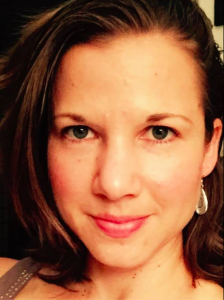 J. B. Howard studied theater, music, and screenwriting at the University of Southern California. She was a Creative Writing Fellow at Chapman University, where she received her MFA. Her stage plays have been produced in the Los Angeles area, and her short fiction has been published by The Saturday Evening Post,The Storyteller, and Black Fox Literary Magazine. She teaches Creative Writing at Chapman University and Orange County School of the Arts and is a member of both SCBWI and AWP.
J. B. Howard studied theater, music, and screenwriting at the University of Southern California. She was a Creative Writing Fellow at Chapman University, where she received her MFA. Her stage plays have been produced in the Los Angeles area, and her short fiction has been published by The Saturday Evening Post,The Storyteller, and Black Fox Literary Magazine. She teaches Creative Writing at Chapman University and Orange County School of the Arts and is a member of both SCBWI and AWP.
You can read Howard’s fiction in Black Fox Issue 14.
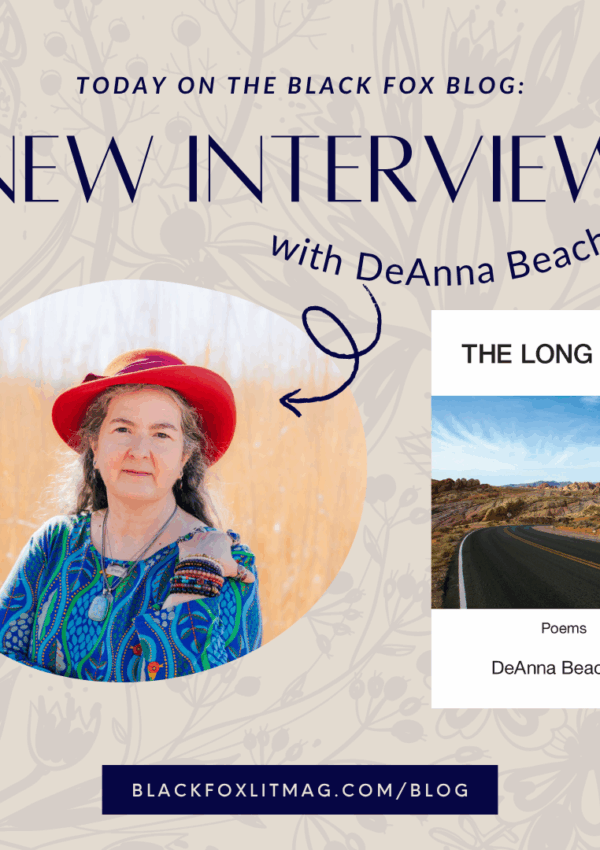
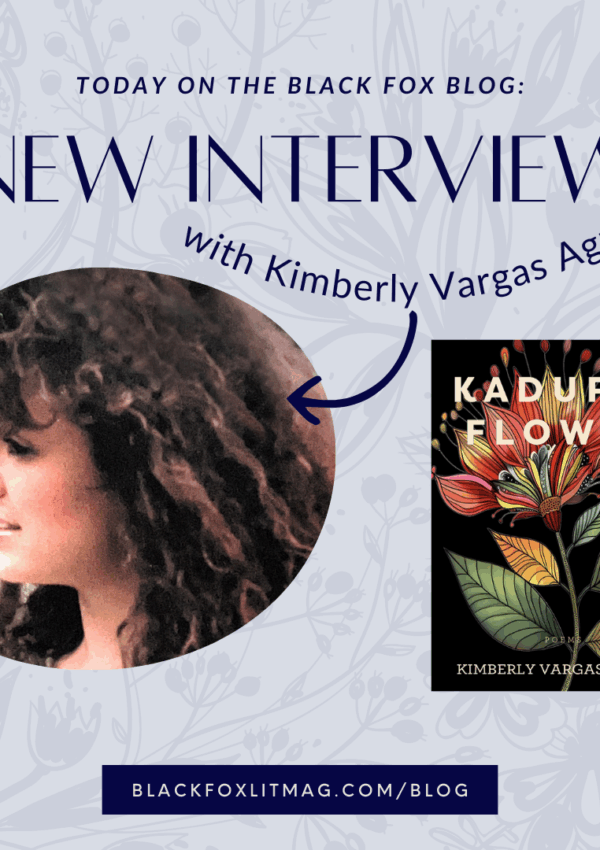
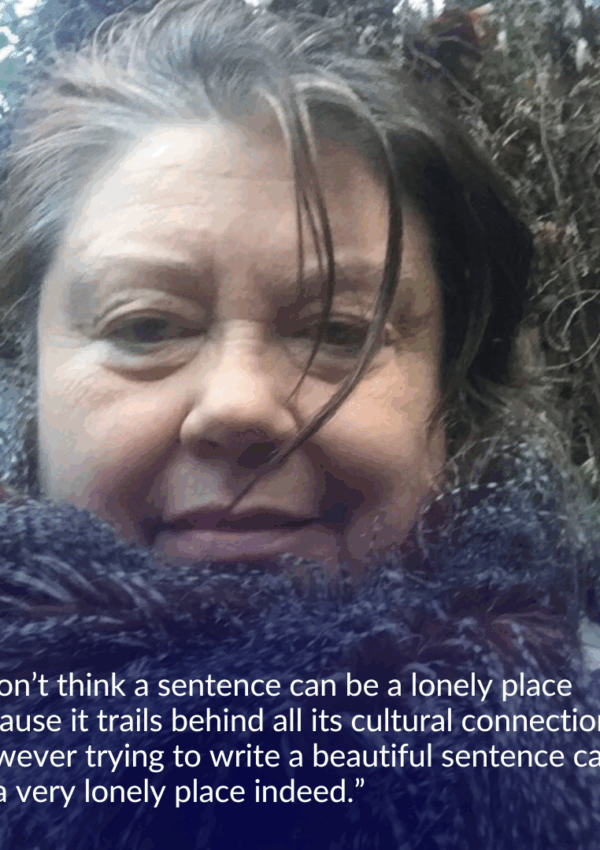
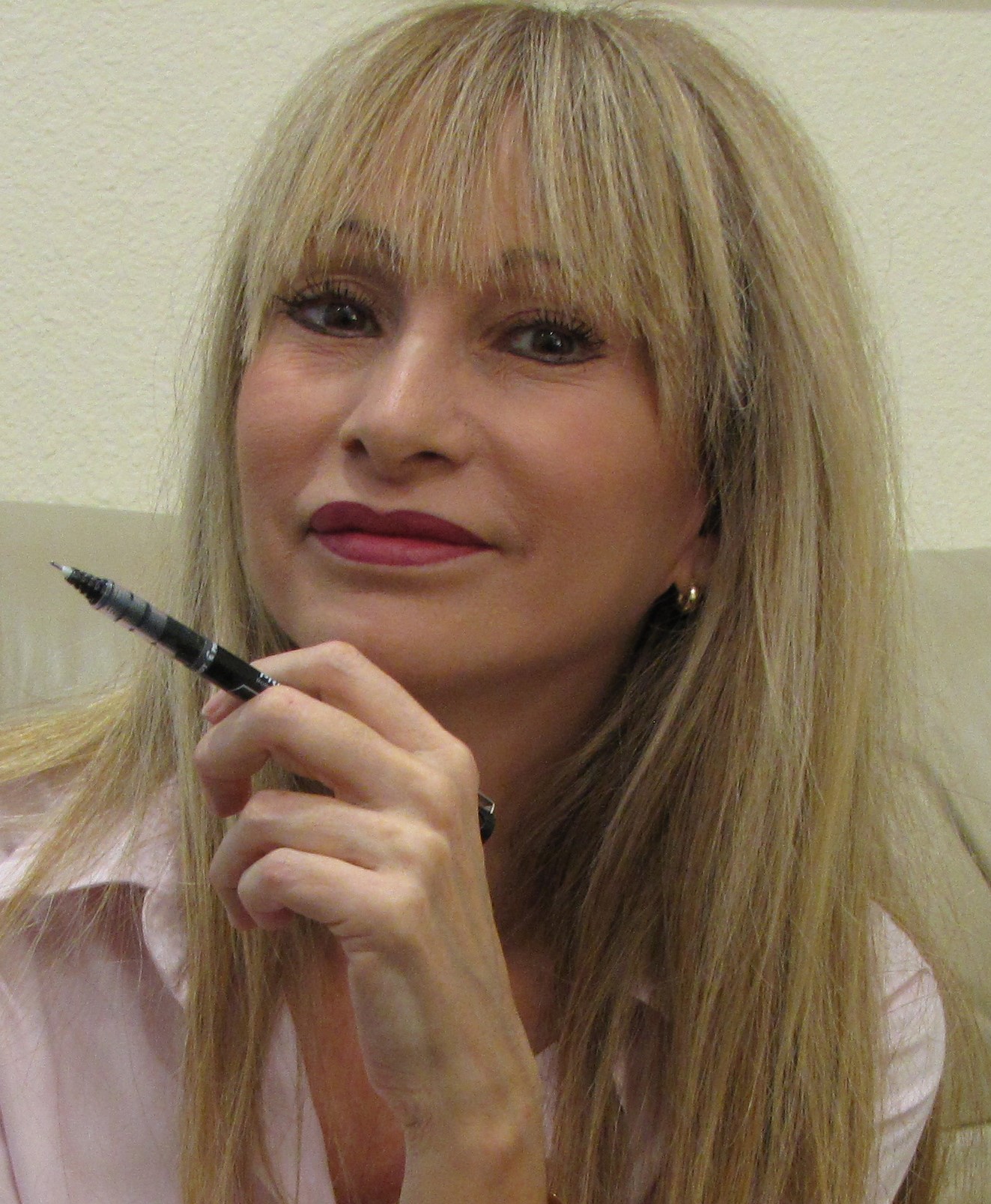
Great read Jenny!